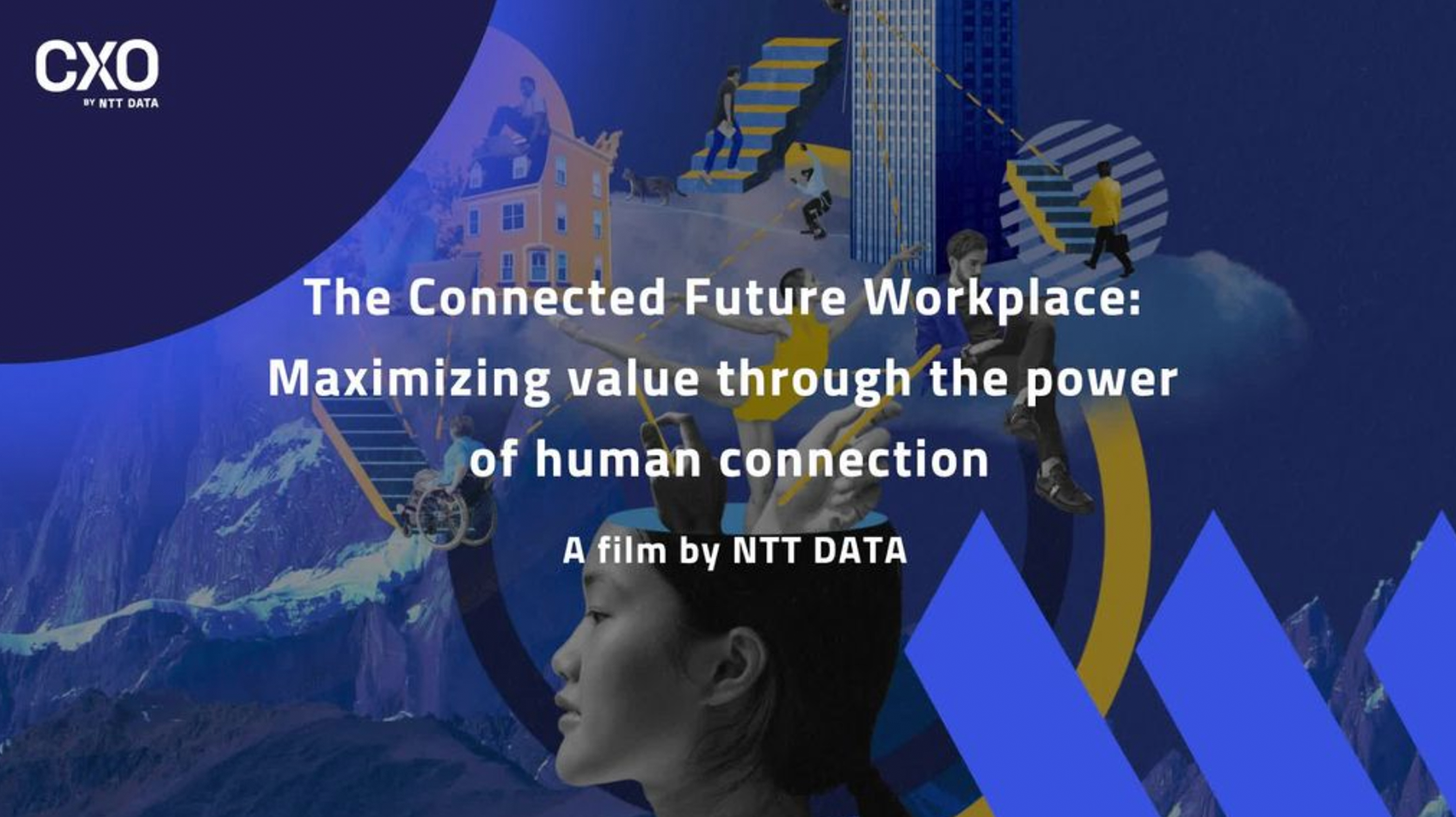
Source: Dario Bronnimann / Unsplash
While remote work is becoming the norm for many employees and companies – especially in the tech space – offices continue to be seen as important places to collaborate, connect, innovate and break the routine.
In sectors where employees are able to work from home, the last few years have seen many employees embracing the increased flexibility, enhanced connection with family and less time spent commuting that the pandemic brought. Many are pushing back against returning to the office, especially in situations where employers are insisting that everyone return to a Monday to Friday, nine-to-five proposition.
At the same time, there is recognition that there is value in meeting colleagues and clients face to face in certain instances, which means companies are having to find ways of working that allow both flexibility and time for in-person interaction – a situation that requires some creative thinking, and a level of comfort with fluidity.
One way to deal with reluctant returners is to make the office attractive again. And it’s here that data can provide the answer.
One way to deal with reluctant returners is to make the office attractive again – attractive to people who are used to flexibility and their creature comforts. And it’s here that data can provide the answer: to make going to the office a pleasant experience that both attracts and retains talent, and which makes employees feel secure, comfortable and prioritized.
Responding to evidence rather than instinct
In the past, decisions were made on visible information and instinct. However, now, with the abundance of data we have from a myriad of sources, we can have access to insights that either reaffirm or contradict our instincts with evidence and create the best possible environment for employees.
Data helps to create indices so we can understand what’s happening in a particular environment, and generate insights, predictions and recommendations that can help us to create improvements and provide a better experience all round.
For example, related to offices and buildings, there are two indices that can be created from the available data.
- Quality of stay: An index that measures the experience, comfort, sustainability and productivity within an environment. This index can answer questions related to the different senses such as: is the place too crowded? (occupancy level), is it too loud? (noise level), and are the temperature and humidity comfortable? (environmental conditions).
- Quality of access: An index that measures access to the environment such as availability of parking, elevators and wait times, communal areas and meeting rooms, availability of public transport and visibility on how crowded it is (would it be better to travel via another route, or at another time?).
Data is also very relevant for building management teams so they can optimize energy consumption, schedule services, adjust temperature – in essence, provide a better, more inclusive and more sustainable experience for all employees.
This data can be provided directly to employees so they can make the right decisions in terms of whether they go into the office or not, at what time, via which route, where to sit, etc. In addition, it is also very relevant for building management teams so that they can understand and optimize energy consumption based on occupancy, schedule janitorial services accordingly, adjust indoor temperature, and so on. In essence, they can provide a better, more inclusive and sustainable experience for all employees.
Understanding what the data tells you
This will require a new collaboration between operations and human resources – building managers, office managers, everyone who’s in charge of looking at the building and making sure they have visibility around the energy, the occupancy, the flux of people, and so on, will need to analyze the data and once they have done that, work with human resources to implement changes and strategies accordingly.
It’s important to look at the data from two perspectives. The first deals more with real-time: what is happening now in the building? How busy is it? How many parking bays are available? How much energy is being consumed?
The second is about correlation and prediction: where creating a model is useful to show how, if you change specific parameters, you can improve the quality of stay or quality of access – and then communicate that to HR. They can then communicate with employees and indicate how they are using the information to improve employee wellbeing and comfort.
Figuring out how to gather the data
Some may be concerned that this will require a huge installation of data-gathering equipment, but many of the sensors required already exist. Most office buildings have security cameras, for example. What’s required is to use that information differently. Offices with air-conditioning systems probably monitor the temperature already – how can you use that data?
Begin with what you already have – how can you access the security footage and the temperature monitoring, for instance, and leverage it for this new purpose?
If you implement a data strategy, and a data platform, you begin with what you already have – so how can you access the security footage and the temperature monitoring, for instance, and leverage it for this new purpose? How can you apply analytics to it and use the output in the service of employee wellbeing?
These considerations are also important for those planning new office buildings, so that they are planned to be super-smart from day zero, with a variety of environmental sensors that can feed the future occupants the data they need, in much the same way as you would plan now to ensure there are enough charging stations for electric vehicles in future buildings, for instance.
Once you know what data is already available, you may want to add more sensors, but you do need a data strategy – where do we want to start, where do we want to go, what do we want to achieve? Because at the end of the day, you can have all the data you want, but if you don’t know how to read that data and correlate the different data sources, it becomes a little dry and pointless.
Getting to grips with smart data
This takes us from pure data to “smart data” – where it is aggregated, correlated, predictive, and helps you to know how to respond or behave to achieve a certain goal.
And what it allows employers to do is to get the most out of their offices – to maximize the space, avoid energy wastage, ensure the right security is in place, and that janitorial services are appropriately allocated. It helps them to allocate scarce resources – human or otherwise. It can even save costs on rental, as there’s little point in having office space for a large number of people when only a few are coming in at any one time. Employees, on the other hand, can plan more accurately for a pleasant experience on those days that they need to be physically present to connect with their colleagues or clients.
Data can help employers to change the office so it’s not just a line of desks, but a place that is comfortable, collaborative and focused on employee wellness – a kind of hub that fosters authentic connection and boosts productivity as a result.









































